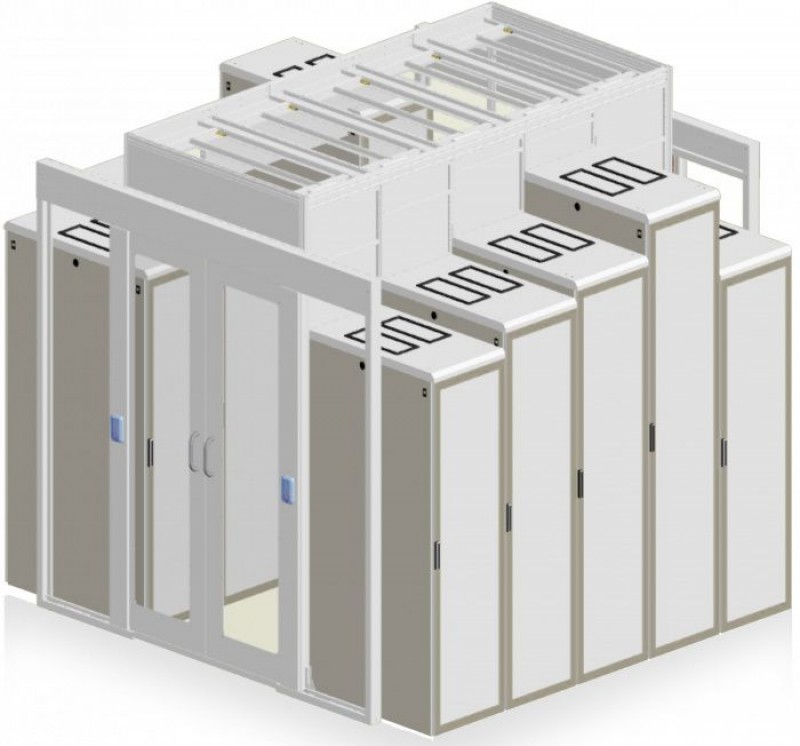-
Singapore
Copyright © 2025 Powered by BCI Media Group Pty Ltd
Confirm Submission
Are you sure want to adding all Products to your Library?
Contact Detail
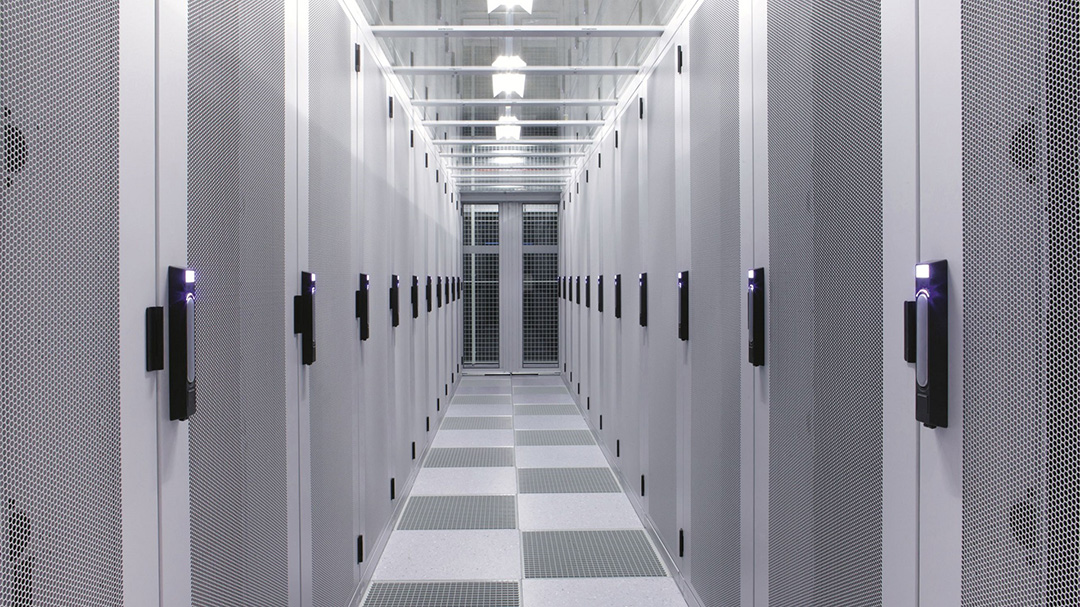
Data Centers are increasingly using energy efficient cooling techniques such as free cooling, but how efficient is your solution? Consider these points to get the best out of it:
1. Start with optimizing the cooling solutions
The cooling systems are the main item of consumption in a data center, to reduce the energy consumption, the consumption by the server cooling systems must above all be reduced. To do so, you need an optimized design of the white room (IT room, the heart of the data center) and to select the right cooling solutions.
2. Separation of hot and cold airflows
By separating hot and cold air using aisle containment solutions, this step leads to an optimum reduction of air leakage and increases the energy efficiency. When you separate the hot/cold air flow by creating dedicated aisles, the cold aisle containment (CAC) enables the aisles to be contained for optimized cooling.
3. Room design (Roofs, panels and doors)
The hot air and cold air are separated when the room is designed, using roofs, panels and doors (at the entrance and exit). This effectively reduces the energy consumption of the air conditioning units (visible reduction via the air conditioning unit consumption reports). The cold aisle containment provides an average of 30% energy savings.
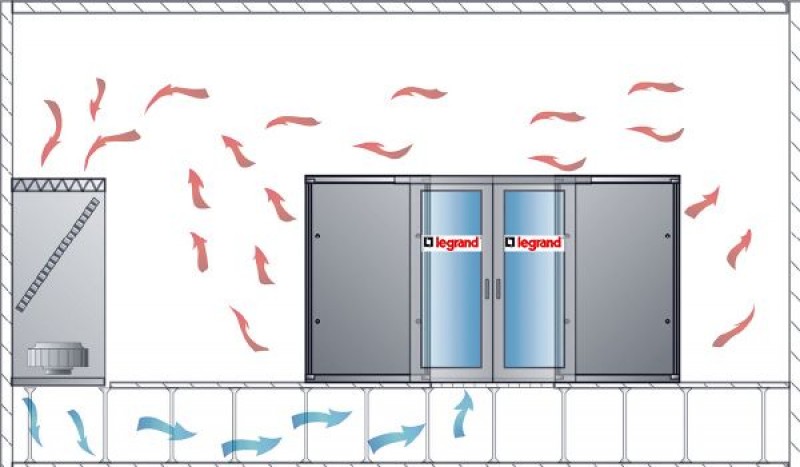
How optimized is the cold air circuit?
The airflow optimization in the rack is often not fully or effectively implemented or optimized, in energy-efficient data centers, it is imperative to minimise the air leakage. Airflow optimisation is also crucial for the proper functioning of the server, network and storage equipment, for temperature stability and for the general reliability of a data center. Using CRAC (Computer Room Air Conditioning) units, the cold air is sent into the false floor at a slightly higher pressure and exits via perforated tiles in the contained cold aisle. The hot air is evacuated in the hot aisle and reprocessed by the unit.
STANDARDS
The class (A1 to A4) of a data center, define by the ASHRAE standard, is assigned according to the equipment in the data center and its specific environmental features. Equipment (ASHRAE - 2015 Thermal guidelines)
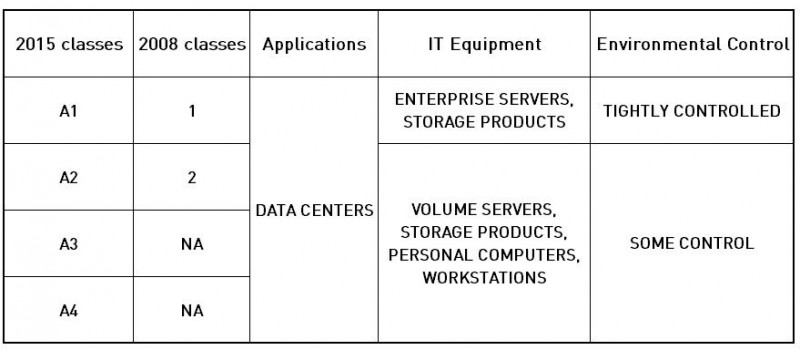
Class A1:
Typically a data center with tightly controlled environmental parameters (dew points, temperature, and relative humidity) and mission critical operations.
Class A2/A3/A4:
Typically an information technology space or office or lab environment with some control of environmental parameters (dew point, temperature, and relative humidity).
Specific environmental features (ASHRAE - 2015 Thermal Guidelines)
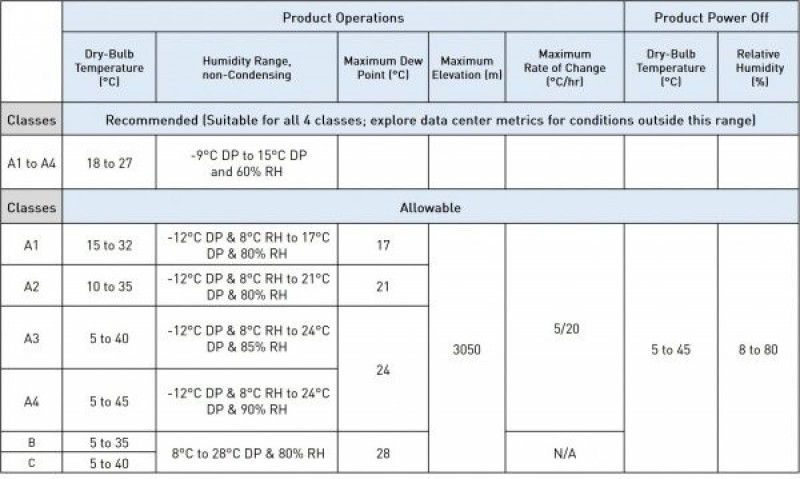
Separating Hot and Cold air using A Cold Aisle Containment (GeM2):
The free-standing corridor is a fully self-supporting aisle containment system which allows closed-off aisles to be created independently from the IT racks, a unique feature in the data center market. Whilst this is not usual in the data center market, the modular design consists of a self-supporting construction, wall panels, roof panels and sliding doors. Immediately after implementation, the energy efficiency reached is the same as that of a regular aisle containment system supported by IT racks. Legrand GeM2 offers corporate and commercial data centers a cost-efficient “pay-as-you-grow” solution in order to create energy efficiency at low initial investments (CAPEX).
